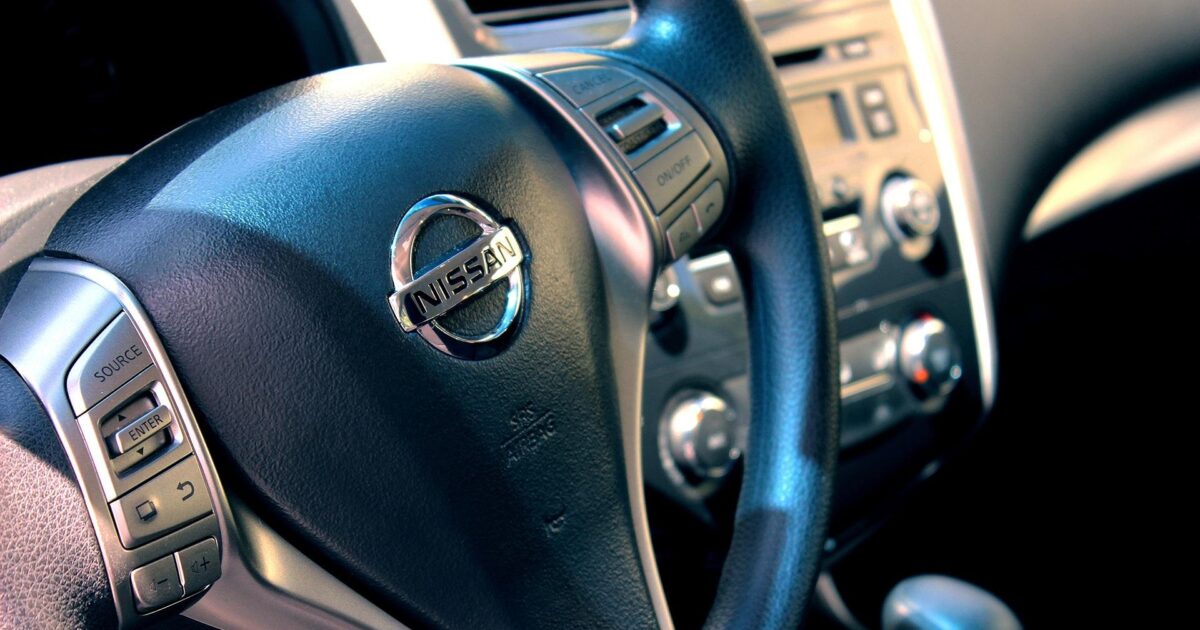
"Your car already knows more about the road than you do. It can feel the pothole before your wheel does. It knows when you slam on the brakes at an obscured stop sign. It senses when traffic patterns don't match the posted speed limit. The question is: what if this knowledge could be shared to make driving safer for everyone?"
"Most modern vehicles - like some of the most popular ones in the country sold by Ford, Nissan and Kia - have a network of built-in sensors and modules that track how the car is being driven and what it's experiencing. These include GPS for location, speed and routes; accelerometers and gyroscopes for braking, turns and acceleration; cameras and radar for collision warnings and lane departures;"
Telematics uses built-in vehicle sensors and connectivity to collect and transmit driving and road-condition data. Sensors include GPS, accelerometers, gyroscopes, cameras, radar, tire pressure and suspension, which together detect location, speed, braking, turns, collisions, lane departures and rough surfaces like potholes. Data can be encrypted, anonymized and analyzed to spot safety risks and address them before crashes occur. Businesses, fleet operators and insurers already use telematics to incentivize safer driving. Expanding anonymized telematics data sharing with public agencies can help cities reduce crashes and improve community road safety.
Read at San Jose Spotlight
Unable to calculate read time
Collection
[
|
...
]